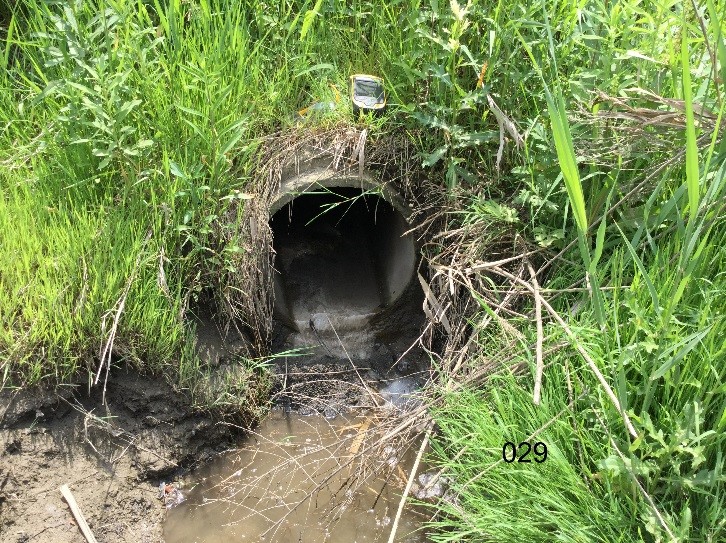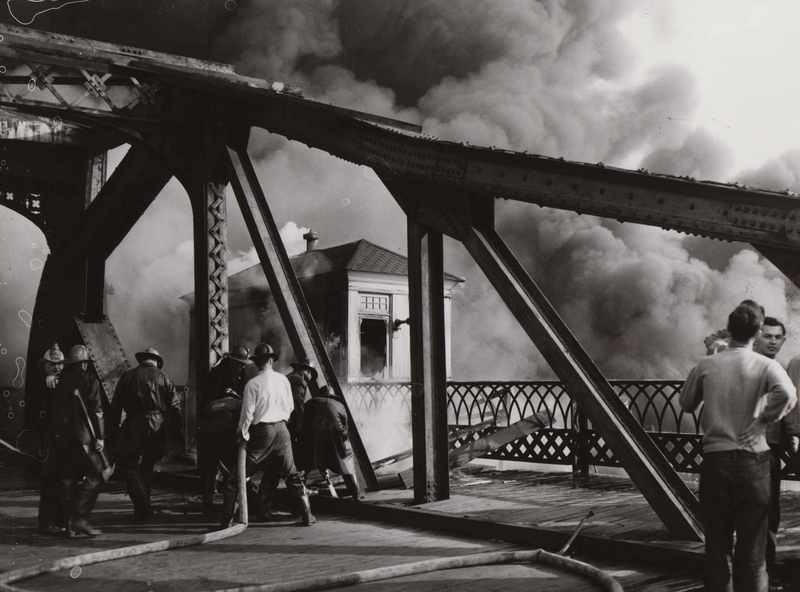 by Elissa Yoder Mann, Conservation Manager
by Elissa Yoder Mann, Conservation Manager
What exactly are 401 and 404 permits? We will briefly explain what they are and why we are concerned that the Ohio Environmental Protection Agency is making changes to them. Essentially, we feel that changes by OEPA make it easier and faster for applicants to obtain permits which degrade waters of the United States.
401 permits (of the Clean Water Act) requires that before issuing a permit that could result in any discharge to waters of the United States, an applicant must obtain from the state (where the proposed project is located), a certification that the discharge is consistent with the Clean Water Act, including attainment of applicable water quality standards.
There are essentially two types of 404 permits. The first is Nationwide Permits (referred to as rubber stamp permits), these are daily construction such as road building, sidewalks, culverts, etc. that do not exceed certain thresholds of degradation. These are typically given out/granted, as it would bog down the process of government too much to approve each 404 permit. The other type of 404 permits are individual permits, these are typically granted by the Army Corps of Engineering and involve large projects, dredging, dams, etc.
 Summary of the Clean Water Act, 33 U.S.C. §1251 et seq. (1972)
Summary of the Clean Water Act, 33 U.S.C. §1251 et seq. (1972)
The Clean Water Act (CWA) establishes the basic structure for regulating discharges of pollutants into the waters of the United States and regulating quality standards for surface waters. The basis of the CWA was enacted in 1948 and was called the Federal Water Pollution Control Act, but the Act was significantly reorganized and expanded in 1972. "Clean Water Act" became the Act's common name with amendments in 1972.
Under the CWA, EPA has implemented pollution control programs such as setting wastewater standards for industry. We have also set water quality standards for all contaminants in surface waters.
The CWA made it unlawful to discharge any pollutant from a point source into navigable waters, unless a permit was obtained. EPA's National Pollutant Discharge Elimination System (NPDES) permit program controls discharges. Point sources are discrete conveyances such as pipes or man-made ditches. Individual homes that are connected to a municipal system, use a septic system, or do not have a surface discharge do not need an NPDES permit; however, industrial, municipal, and other facilities must obtain permits if their discharges go directly to surface waters.
The Cuyahoga River is on FIRE!

The beginnings of the Clean Water Act can be traced back to Ohio. We have all heard about the Cuyahoga River fire of 1969 - the event that sparked the environmental movement in the US. On a Sunday morning in June 1969, an oil slick on the Cuyahoga River, polluted from decades of industrial waste, caught fire near the Republic Steel mill, causing about $100,000 worth of damage to two railroad bridges. Initially the fire drew little attention, either locally or nationally. The 1969 fire was not even the first time that the river burned. Dating back to 1868, the river had caught fire on at least 13 other occasions. The largest river fire in 1952 caused over $1 million in damage to boats, a bridge, and a riverfront office building. Time magazine brought the world’s attention to Ohio by describing the Cuyahoga as the river that ‘oozes rather than flows’ and in which a person ‘does not drown but decays’. While in Cleveland, the incident was not considered a major news story.
Photo Courtsey of Cleveland Historical, 1952 Fire: Firefighters attempt to extinguish the flames of the 1952 Cuyahoga river fire. No known photo exists for the fire of 1969.
Want to know more? Follow link to EPA History: Federal Water Pollution Control Act Amendments of 1972.